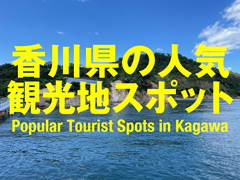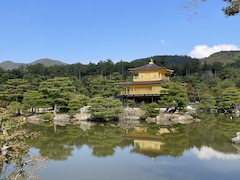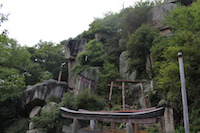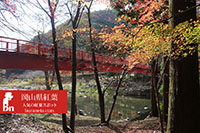- Buraneta
- Selections
- 15 Hidden Power Spots in Hiroshima Prefecture
15 Hidden Power Spots in Hiroshima Prefecture


Shinshoji Zen and Garden Museum
Shinshoji Zen and Garden Museum is an experience facility in Fukuyama City where you can relax and enjoy Zen.
- 広島県福山市
- 寺
 71
71 (30)
(30)

Buttsuji Temple, famous for autumn leaves
Located deep in the mountains of Mihara City, this temple is associated with Takakage Kobayakawa, who built Mihara Castle.
- 広島県三原市
- 寺
 59
59 (40)
(40)

Senkoji overlooking the superb view of Onomichi
It is Senkoji in Senkoji mountain of Onomichi. Scenery is wonderful.
- 広島県尾道市
- 寺
 72
72 (50)
(50)

Abuto Kannon
Abuto Kannon is a Kannon-do hall located at Cape Abuto near Tomonoura.
- 広島県福山市
- 寺
 47
47 (65)
(65)

Mitatani Temple, a Power Spot of Silence.
Mitatani Temple is a historic temple of the Koyasan Shingon sect located to the northwest of Hiroshima City. It was founded by Kobo Daishi in 809 AD.
- 広島県広島市
- 寺
 46
46 (30)
(30)

Japan 100 waterfalls Joseidaki of Hiroshima
It is Joseidaki chosen to only Japan's Top 100 Waterfalls in Hiroshima Prefecture.
- 広島県三次市
- 滝
 49
49 (40)
(40)
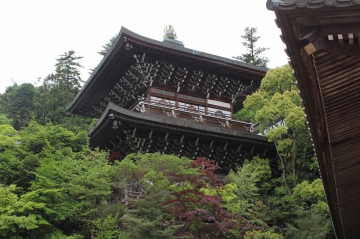
Miyajima Daisho-in Temple, Main Mountain
Daisho-in is the head temple of the Shingon Omuro Sect and served as the betto-ji (temple responsible for managing a shrine) for Itsukushima Shrine.
- 広島県廿日市
- 寺
 48
48 (20)
(20)

Myooin of National Treasure vermilion beautiful
Myoo Institute in Fukuyama is the temple there is a five-story pagoda and the main hall of the national treasure vermilion beautiful.
- 広島県福山市
- 寺
 51
51 (30)
(30)
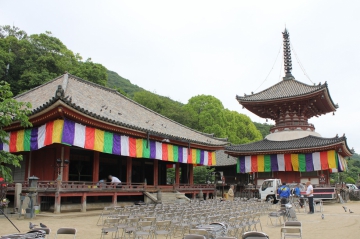
Jodoji Temple founded by Prince Shotoku
A temple of the Shingon sect founded by Prince Shotoku and associated with Ashikaga Takauji.
- 広島県尾道市
- 寺
 52
52 (30)
(30)

Toyokuni Shrine (Senjokaku)
Located on a hill adjacent to Itsukushima Shrine on Miyajima, Senjokaku is a large sutra hall that was constructed under the orders of Toyotomi Hideyoshi.
- 広島県廿日市
- 神社
 41
41 (30)
(30)

Overlooking the streets of Takehara! Saihoji and Fumeikaku
This is a temple built in the middle of the Edo period, located in the center of the Takehara Townscape Preservation District.
- 広島県竹原市
- 寺
 45
45 (30)
(30)

Kibitsu Shrine, the most important shrine in Bingo Province
It is a shrine located in Miyauchi, Shintori-cho, Fukuyama City, and is the most important shrine in Bingo Province.
- 広島県福山市
- 神社
 35
35 (20)
(20)

Sensui Island in Tomonoura
The photo shows Bentenjima seen from the observatory of Sensuijima.
- 広島県福山市
- 島
 32
32 (30)
(30)

Nojiyama Ionjo Kobo-ji Temple
Kobo-ji Temple is an ancient temple of Shingon Buddhism located near the summit of Mt.
- 広島県呉市安
- 寺
 33
33 (35)
(35)

Imose Waterfall
It is a waterfall there from the ferry towards the Miyajima in the position of about 5 minutes by car.
- 広島県廿日市
- 滝
 38
38 (40)
(40)
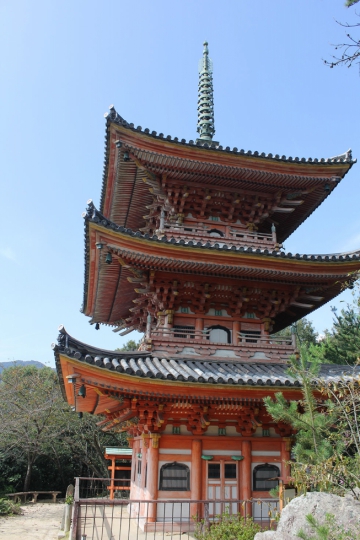
Kojoji Temple, with its beautiful vermilion three-story pagoda.
Kojoji Temple is located on the mountainside of Ikuchi Island on the Shimanami Kaido. The temple is known for its beautiful vermilion three-story pagoda.
- 広島県尾道市
- 寺
 43
43 (20)
(20)
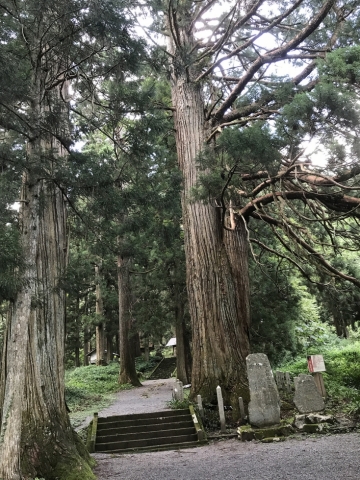
Climbing Mt. Ryuo from Kumano Shrine
Kumano Shrine, located in Shobara, Hiroshima Prefecture, is surrounded by more than 100 large cedar trees and serves as the starting point for climbing Mt. Ryuo, making it easy for even beginners to c
- 広島県庄原市
- 神社
 24
24 (10)
(10)

















人気観光スポットまとめ
Ranking of the most powerful power spots in Kagawa Prefecture, Japan
 80
80 70
70- 37
Top 20 recommended date spots for couples in Kagawa Prefecture
 50
50 90
90- 37
Top 30 popular sightseeing spots in Kagawa Prefecture
 90
90 50
50- 37
Top 40 popular tourist spots in Hyogo Prefecture
 95
95 70
70- 28
20 Scenic Power Spots in Hyogo Prefecture
 80
80 60
60- 28
20 Romantic Date Spots in Tottori Prefecture!
 50
50 80
80- 31
8 Stylish Furniture and General Goods Stores in Okayama Prefecture
 40
40 70
70- 33
30 Popular Okayama Ramen Shops
 50
50 5
5- 33
[Osaka] Local gourmet ranking! best 12
 80
80 70
70- 27
[Osaka] Popular power spot ranking! best 17
 60
60 60
60- 27
[Okayama] Local gourmet ranking! best 20
 70
70 50
50- 33
[2025 Edition] Ranking of popular tourist spots in Nagoya! best 20
 80
80 60
60- 23
[2025 Edition] Popular sightseeing spots ranking in Osaka! best 20
 100
100 70
70- 27
[Osaka] Popular date spot ranking! best 15
 70
70 90
90- 27
[Nagoya] Popular date spot ranking! Best 11
 70
70 90
90- 23
[2025 Edition] Ranking of popular tourist spots in Kyoto! best 30
 100
100 70
70- 26
15 popular Instagrammable spots in Okayama!
 50
50 90
90- 33
15 popular Instagrammable spots in Kyoto!
 70
70 90
90- 26
15 popular power spots for women in Kyoto!
 50
50 90
90- 26
Top 30 Tourist Hotspots in the Chugoku Region
 80
80 50
50- 31,32,33,34,35
32 Recommended Power Spots in Okayama Prefecture
 50
50 50
50- 33
10 Spots with Spectacular Autumn Leaves in Okayama Prefecture
 40
40 50
50- 33
[Nagoya] Local gourmet ranking! best 10
 70
70 60
60- 23
10 Recommended Date Spots in Okayama Prefecture!
 50
50 90
90- 33


 Area
Area Category
Category Spot
Spot Sort
Sort (50) /
(50) / 

